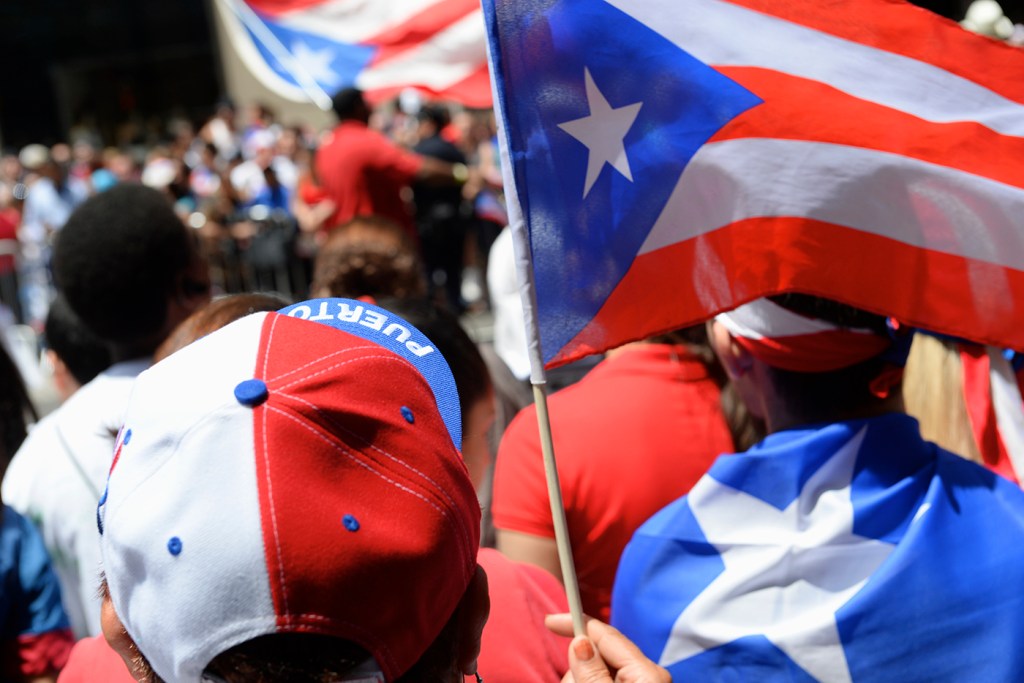3Qs: ‘Pessimistic’ prognosis on fix to Puerto Rico’s debt crisis

Puerto Rico recently failed to make a $58 million bond payment, defaulting for the first time in the U.S. territory’s history.  We asked Amílcar Barreto—an expert in Puerto Rican politics and an associate professor in the College of Social Sciences and Humanities at Northeastern University—to weigh in on the debt crisis and its impact on the 2016 presidential election.
We asked Amílcar Barreto—an expert in Puerto Rican politics and an associate professor in the College of Social Sciences and Humanities at Northeastern University—to weigh in on the debt crisis and its impact on the 2016 presidential election.
Simply put, why has Puerto Rico found itself in this quandary?
Years in the making, Puerto Rico’s economic crisis is the result of unsustainable spending and borrowing by the commonwealth’s government and its public corporations. In recent years much of that spending was used to mask a growing economic conundrum. For decades Puerto Rico’s industrial economy grew dependent on federal tax incentives for U.S. multinational corporations operating on the island. These Section 936 incentives were dropped in a political compromise between President Bill Clinton and House Speaker Newt Gingrich. Congress and the White House negotiated a phased withdrawal of these incentives in 1996, and they finally expired in 2006. The loss of these incentives coincided with the Great Recession of 2007-2009 and Puerto Rico’s debt-ridden economy has never recuperated from this devastating double blow. Given the island’s depressed job market, there has been an exodus of educated young people on the order of 50,000 per year. In the short term this brain drain has further exacerbated the fiscal crisis by depriving the island’s economy of a core part of its tax base. In the long run, it threatens to deprive Puerto Rico’s economy of its leadership.
A senior fellow at the Peterson Institute for International Economics told USA Today that “There’s no big daddy to rescue Puerto Rico.” In your view, what should the cash-poor island do in order to narrow its budget deficit?
Puerto Rico’s options are very limited. The island’s government has already increased taxes and cut back on government spending. But the crisis is so deep that these measures will be insufficient to reverse the crisis. Puerto Rico could appeal directly to the federal government. One option is for Congress to allow its debt-ridden public corporations to file for bankruptcy. Another is for Congress to restore the federal tax incentives that sustained the island’s economy. Given the current mood inside the Beltway, neither of these alternatives have much legislative support. Furthermore, although its residents are American citizens, the island is a U.S. territory entitled to only one non-voting delegate to the House of Representatives. While Puerto Ricans living on the U.S. mainland can vote in congressional and presidential elections, their kin back on Puerto Rico, a territory, cannot. Thus, there is little direct pressure Puerto Rico can apply to Congress or the White House. And without direct federal involvement Puerto Rico’s economic woes are likely to worsen. The immediate prognosis is quite pessimistic.
The debt crisis is hurting Puerto Rico’s residents, many of whom, like you mentioned, have already picked up and left the island in search of more stable jobs on the U.S. mainland. How do you think the influx of Puerto Ricans in the U.S. will affect mainland politics, particularly with regard to the 2016 presidential election?
The general assumption is that this demographic wave will favor the Democrats in Florida. But that’s not a sure bet. Back in the 1940s and 1950s, most Puerto Rican migrants headed toward the greater New York City metropolitan area. They migrated when the pro-commonwealth Partido Popular Democrático—the Popular Democratic Party—dominated island politics. From the start the PPD forged very strong links with the liberal wing of the Democratic Party on the U.S. mainland. Today their prime destination is Florida—a state tying with New York for the third-largest block of presidential electors. So many Puerto Ricans have moved to Florida that Cubans are no longer the majority of that state’s Latino population. But today the PPD faces an evenly matched pro-statehood Partido Nuevo Progresista—the New Progressive Party. Although the PNP has good relations with both mainland parties, its strongest links are with the GOP. Is the demographic wave arriving in Florida more PPD (hence pro-Democrat) or PNP (leaning Republican)? We still don’t know yet. The answer to that question may tip the 2016 presidential election one way or another.





